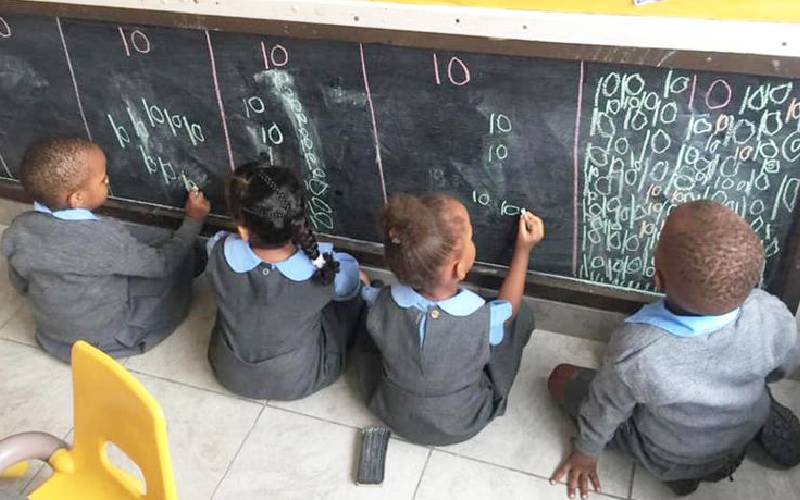
A literate population is an asset to a country seeking to develop. That explains the extra lengths to which the Kenyan government seeks to go to ensure illiteracy is eradicated. These initiatives include compulsory schooling; capitation, free textbooks and a 100 percent transition rate from primary to secondary school.
The government has been agonising over a new education curriculum that is not only in synch with the needs of changing society today, but also prepares learners for challenges later in life. Yet despite all these efforts, it has not been smooth sailing, not when stakeholders have erected one obstacle after another.